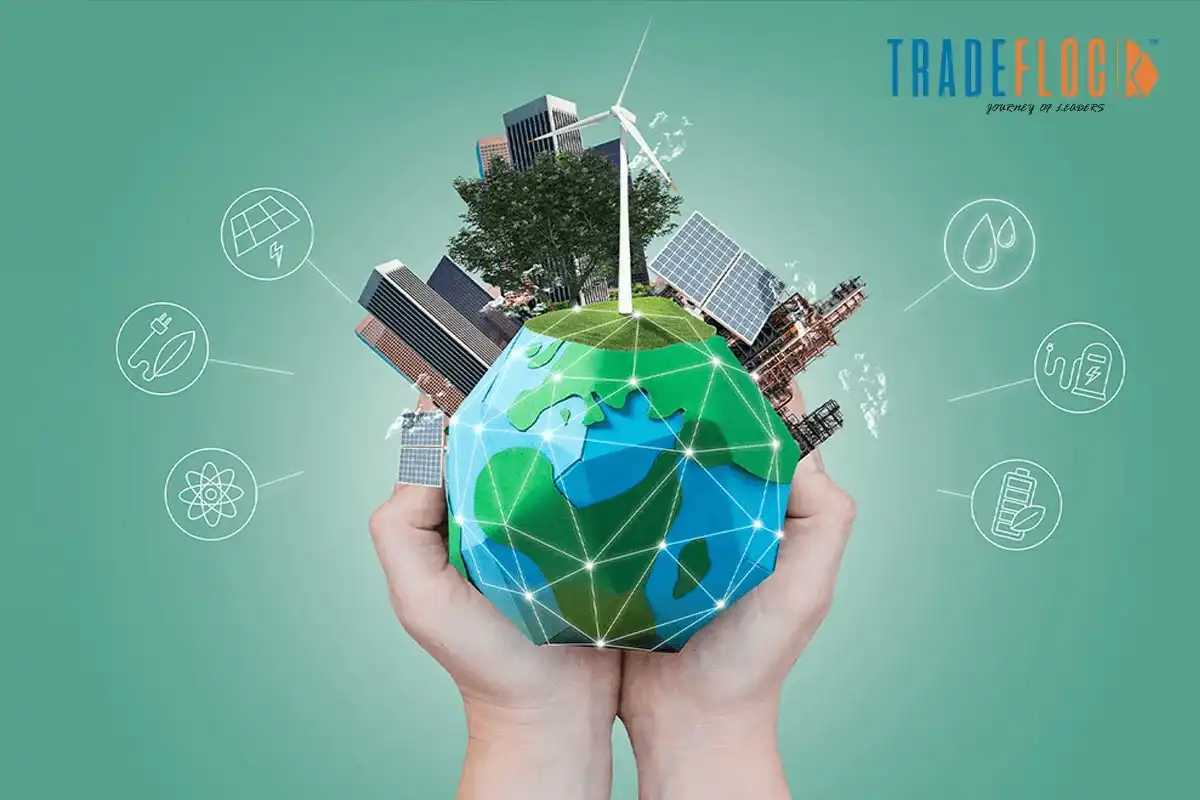Climate change and polluted air, land, and water bodies represent some of the most intricate challenges confronting the world today. The construction industry stands out as a notable contributor to these issues, responsible for 4% of particulate air pollution, more instances of water pollution than any other sector, and thousands of noise complaints annually. In revert, many engineers and architects came up with various solutions which aimed at eradicating the significant environmental impact of construction activities.
Thought leaders and professionals in the construction industry have developed new residential and commercial buildings with greater consideration for the environment. These establishments can now reduce emissions, energy consumption and instances of illness. Green engineering’s objective is to advance sustainability while reducing environmental and human health risks without compromising economic efficiency and viability.
Green technology offers various advantages in construction, which provides substantial benefits for both new and existing structures. Green technology enhances buildings’ energy efficiency and sustainability, resulting in a reduced carbon footprint and less environmental impact. Builders, building owners, and tenants all experience significant advantages from adopting green construction technology.
The applications of green building technology in construction yield numerous benefits. Builders experience heightened demand and increased market value for their constructions. Project owners benefit from reduced ongoing operational costs, improved tenant retention rates, and enhanced building values. Building occupants enjoy a healthier and more comfortable working environment and the market advantages of being associated with a “green business”.
A World Green Building Trends SmartMarket Report 2022 made it clear that the construction industry is committed to green buildings. The report reveals that architects, engineers, contractors, owners, and investors worldwide anticipate increasing green building projects over the next three years. Currently, 28% of respondents state that most of their building projects meet green standards, and 42% expect to reach this level within the next three years, representing a 50% expansion of this group.
This level of involvement is significant, especially given the challenges facing the design and construction industry, which, like many others, has been heavily impacted by various priorities. The study coincided with clear evidence that the industry would continue to grapple with the long-term effects of the COVID-19 pandemic. Additionally, there has been growing global concern about social equity and other significant social movements over the past year. Supply chain shortages have also reached unprecedented levels, putting immense pressure on the industry.
The commitment to green building arises from various factors, indicating that the green building movement is seen as increasingly important amidst the challenges faced by the design and construction industry at present. Building owners and investors typically experience an average 10% reduction in operating costs in the first year and over 16% within five years due to sustainable and green engineering solutions. Design and construction professionals attribute their involvement in green building to the significant impact of owner demand and environmental regulations.
The report also provides new data on the significance and anticipated adoption of several emerging priorities and methods for green building. The most critical among these methods is the development of net-zero/net-positive buildings, identified as a top-three priority by almost half (47%) of all global respondents. Similarly, nearly as many respondents expect to develop such buildings within the next three years.
Additionally, three other emerging approaches to enhancing sustainability are projected to be adopted by over 40% of respondents within the next five years: managing the embodied carbon in buildings, implementing strategies to enhance resilience, and embracing prefabrication and modular construction techniques.





